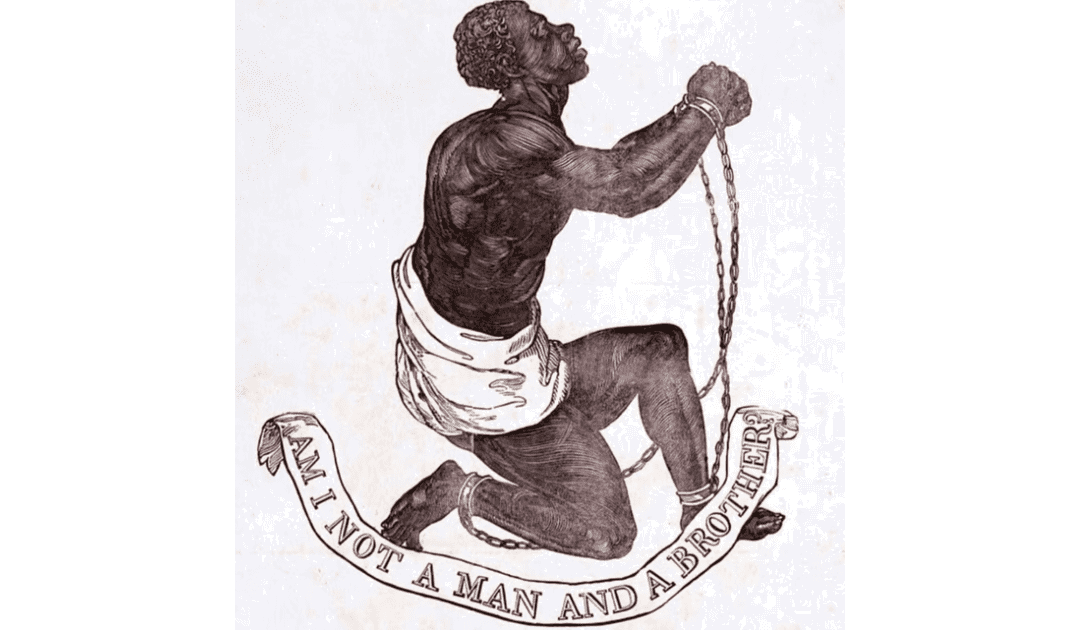King William IV, signed royal assent of the Slavery Abolition Act 1833 on 28th August of that year. The Slavery Abolition Act of 1833 was a landmark legislation that marked a significant turning point in the fight against slavery in the British Empire. The act finally abolished slavery throughout most of the British colonies, including the Caribbean, Canada, and South Africa. This momentous event was the culmination of years of tireless efforts by abolitionists and marked a major victory in the long and arduous struggle for freedom and equality.
The Slavery Abolition Act of 1833 was a response to the growing pressure from abolitionist movements, both in Britain and its colonies. It was also influenced by the changing economic realities of the time, as industrialization and the rise of capitalism rendered slavery less economically viable. The act aimed to bring an end to the brutal and dehumanizing practice of slavery, recognizing the inherent rights and dignity of all individuals, regardless of their race or origin.
Under the provisions of the act, all slaves under the age of six were immediately emancipated, while older slaves were deemed “apprentices” and required to work for their former owners for a period of six years. This transitional period was meant to ease the economic impact on plantation owners and facilitate the transition to a free labor system. However, it was also a contentious aspect of the legislation, as many argued that it perpetuated a form of coerced labor and did not grant true freedom to the emancipated individuals.
It is also important to note that the act did not completely eradicate slavery, as it allowed for the continuation of slavery in certain territories, such as India and Ceylon. Furthermore, the process of emancipation was not without challenges and resistance from slave owners, who sought to undermine the act and maintain their control over the enslaved population.
At some point I must address slavery in the Sir Anthony Standen Adventures. There was a fleeting reference to the Barbary Pirates, and their trade in slaves, in The Suggested Assassin. However misogyny was the theme of that book.

